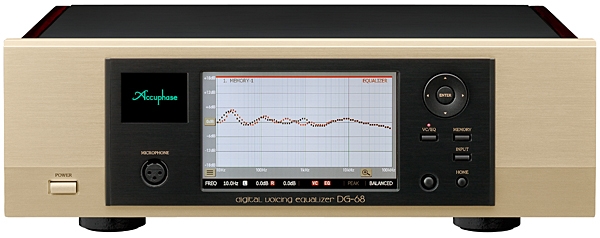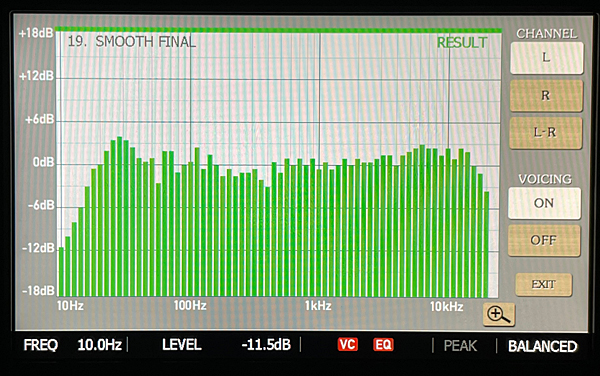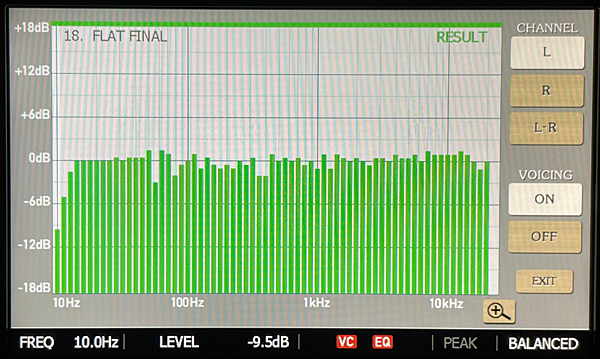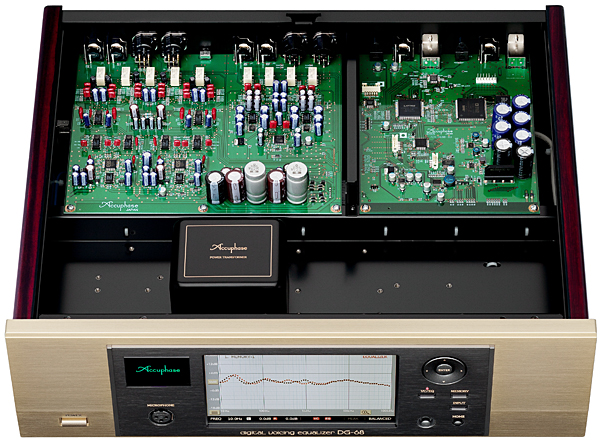| Columns Retired Columns & Blogs |
I would think your room has to be OK for it to be able to produce a decent room curve to begin with.
Your idea of continuing to tweak your room while you have the toy is genius.
It would be cool to have a "mother module" to use to set the room, and then a much less expensive "servant module" or chip that could talk to your DAC that you could then plug in to keep 1-3 curves while allowing the mother ship to continue her sonic journey.














































